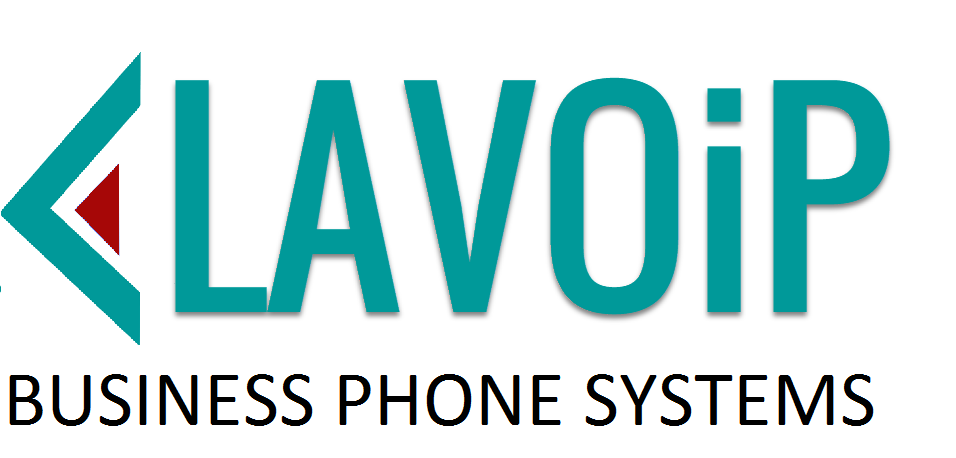VoIP stands for “Voice over Internet Protocol” which is a method for call signaling and two way audio over a computer network. VoIP is specifically designed to be used for telephone communications.
FAQ

SIP stands for “Session Initiation Protocol”. A SIP Trunk is an internet connection to the public telephone network that allows you to make and receive phone calls from a VoIP phone server or SIP device.
The number of calls a SIP Trunk can carry is limited only by the internet bandwidth available. A modest internet connection of 5 Mb/s can handle over 50 calls at once. The cost savings of using SIP Trunks over copper lines is considerable, especially for companies that require multiple lines.
You can connect to a SIP Trunk anywhere you have an internet connection, so you’re not tied to a location that has copper cable.
The biggest drawback is that if you lose your internet connection, you lose the ability to make and receive outside calls. SIP Trunk vendors provide a feature called “fail-over”, which is a very effective safeguard against internet outages. When the connection to your provider is lost (your internet goes down), your incoming calls are automatically routed to a backup number (usually a cell phone) so you don’t miss calls.
Another possible drawback (before high speed bandwidth became commonplace) is the possibility of poor audio quality due to bandwidth saturation. Higher available bandwidth and proper router configuration have all but eliminated this issue.
No. Some companies, especially those with poor internet service, choose to use analog phone lines with their VoIP phone system. A VoIP Gateway is used to convert analog phone lines (RJ11 cables) to a standard RJ45 network LAN cable, so they can connect to a VoIP phone server.
In a VoIP system, phones are connected by standard network cabling on a computer network.
Internal calls pass through the local LAN; outside calls connect though the internet.
VoIP servers and phones are managed through a web interface.
A traditional phone systems has a fixed number of ports that can connect to phones. Since an IP phone server is a computer, there’s no limit to the number of phones that be connected to it.
No need for phone cabling since the phones connect to the network LAN.
Administration is much easier, as the phone server and phones can be accessed and configured through a web page.
Short answer, no.
The only way to connect to an old analog phone is to use an ATA adapter on each phone. Considering the cost of the adapter, and the limited capabilities the phone will have, you’re better off with a SIP phone or a computer Soft Phone. Soft Phones work best with a USB Headset.
As many as you have network ports for. Phones connect like computers, so it you want to connect 20 phones, you’ll need at least 20 free ports on a network switch to connect them.
Not require, but they can make use of a PoE switch
PoE stands for “Power over Ethernet”. A PoE switch is like a regular switch, but also provides enough electricity though the network cable to power an IP phone. An IP phone will power on when it’s connected to a cable from a PoE switch.
Yes. A PoE switch typically costs about twice as much as a non-PoE switch of the same size.
Yes. Most IP phones have an extra port on the back that a computer can connect to.

Get Started with a Software PBX System
Schedule a free consultation to learn how you can start saving.
